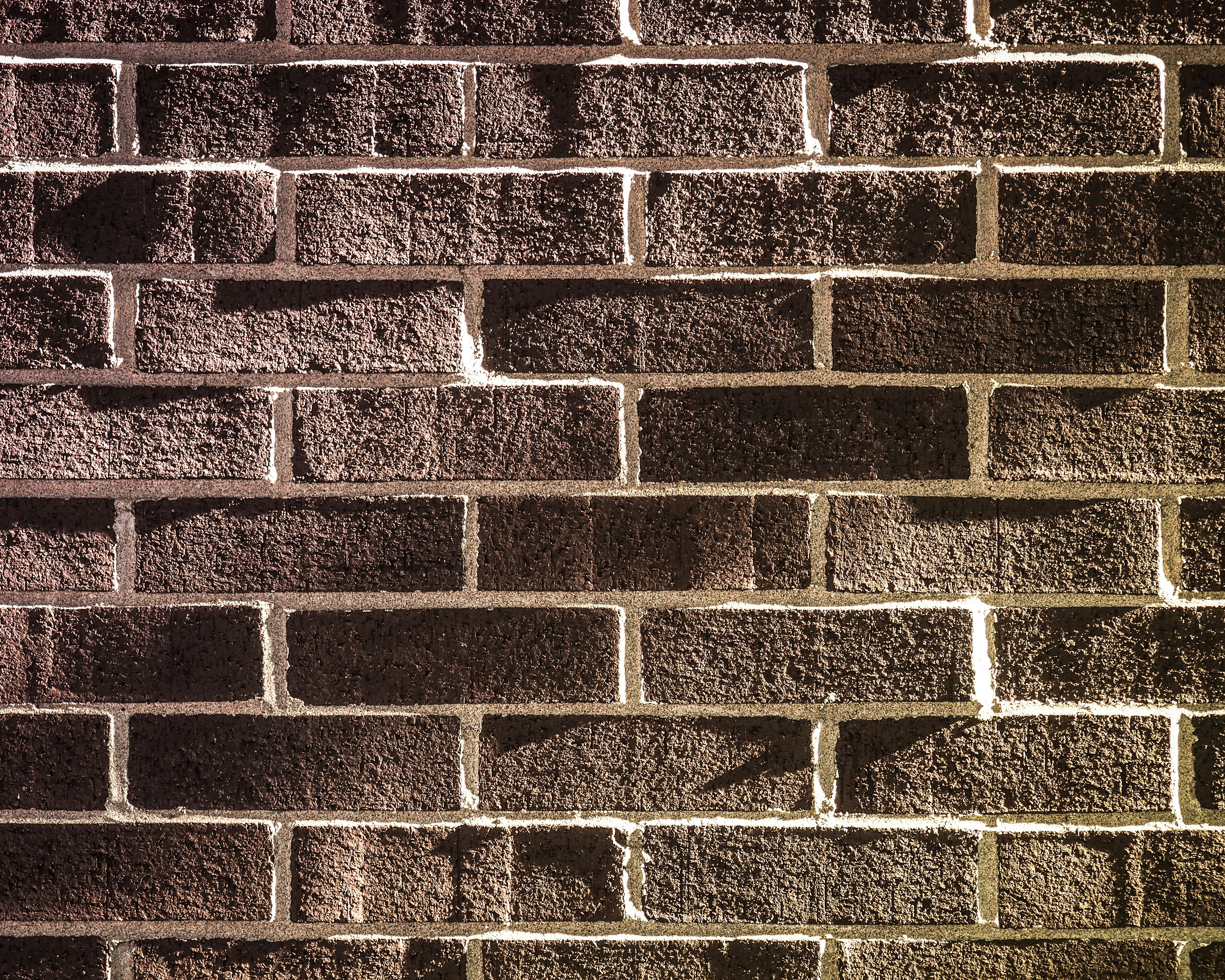Pixel Rounded Rectangle
Aug 7, 2024

In the world of web design and development, the aesthetic appeal of user interfaces plays a crucial role in user experience. One of the most popular design elements that has stood the test of time is the pixel rounded rectangle. This blog post will explore what pixel rounded rectangles are, how to create them using CSS, their applications, and best practices for implementation.
Understanding Pixel Rounded Rectangles
A pixel rounded rectangle is essentially a rectangular shape with rounded corners, defined in pixel values. This design choice not only softens the appearance of elements but also enhances usability by making buttons and containers feel more approachable. The rounded corners can be customized to various radii, allowing for a wide range of design possibilities.
Why Use Pixel Rounded Rectangles?
Aesthetic Appeal: Rounded corners are visually pleasing and create a friendly interface.
Improved Usability: Softened edges can make
clickable elementsmore inviting.Modern Design Trend: Rounded rectangles have become a standard in modern UI design, seen in everything from mobile applications to web interfaces.
Creating Pixel Rounded Rectangles with CSS
To create a pixel rounded rectangle, the CSS border-radius property is your best friend. This property allows you to define the radius of each corner, giving you the flexibility to create various shapes.
Basic Example
Here’s a simple example of how to create a pixel rounded rectangle:
</html>
In this example, we define adivwith a class ofrounded-rectangle. Theborder-radiusproperty is set to20px, giving the rectangle its rounded corners.
Customizing Corner Radii
You can customize the radius for each corner individually. For instance, if you want different radii for each corner, you can use the following syntax:
Advanced Techniques: Pixel Perfect Design
For designers looking to achieve a pixel rounded rectangle with precise control, using CSSclip-pathcan provide more intricate shapes. Here’s an example:
This method allows for more complex shapes and can be adjusted to create unique designs that fit your project's needs.
Responsive Design Considerations
When designing for multiple screen sizes, it’s essential to ensure that your pixel rounded rectangle adapts well. Using relative units like percentages or viewport units can help maintain the design across different devices. For example:
Accessibility and Usability
When implementing pixel rounded rectangles, consider accessibility:
Contrast: Ensure that the text color contrasts well with the background for readability.
Size: Make sure that buttons and interactive elements are large enough to be easily clickable on touch devices.
Best Practices for Using Pixel Rounded Rectangles
Consistency: Use similar corner radii across your design to maintain a cohesive look.
Simplicity: Avoid overly complex shapes that can confuse users.
Testing: Always test your designs on multiple devices to ensure they look and function as intended.
Conclusion
The pixel rounded rectangle is a versatile design element that enhances the visual appeal and usability of web interfaces. By understanding how to create and customize these shapes using CSS, designers can elevate their projects and create more engaging user experiences. Whether you're building buttons, containers, or entire layouts, incorporating pixel rounded rectangles can lead to a more polished and modern design.